Kirtan is the call-and-response form of chanting that characterizes the Hare Krishna movement. It is the fundamental religion of the age – the soul crying out for God as a means to reunite with Him.
Robert Gass, author of Chanting: Discovering Spirit in Sound, believes that ritual chanting is among the most universal of human impulses, as well as one of the first: “We have no recordings of the earliest humans,” he writes, “but when we encounter indigenous tribes who’ve had little contact with modern civilization, they all have sacred chants that their oral history traces back to their earliest origins. And if you look into creation myths from different cultures, in almost every case the world is said to come into being through sound, through chant. It’s in Hinduism, Christianity, Judaism, and Native American religions. That’s evidence, in a way. The other evidence you can look at is young children: Almost all young children make up repetitive songs — they lose themselves in the rapture of singing.”
In Judaism, the hazzan, or cantor, is a type of kirtaniya, directing all liturgical prayer and chanting in synagogues around the world. If no cantor is available, a less qualified “kirtaniya” is called in—known as the ba’al tefilah. This person then chants the prayers, and the congregation repeats his every utterance, as in a traditional kirtan. The basic practice comes from a principle found in the Bible (Psalms 150.4-5), “Glory ye in His holy name. Praise Him with the timbrel and dance: praise Him with stringed instruments and organs. Praise Him upon the loud cymbals.” If that’s not kirtan, what is? Indeed, one of Judaism’s greatest mystics, the Baal Shem Tov, might be considered the ultimate kirtaniya — his very name means “Master of the Good Name,” and he encouraged his followers: “Chant, chant, chant!”
Jesus, coming from essentially the same tradition, taught his disciples how to pray: “Our father who art in heaven, hallowed be Thy name.” This was the basis of early Christianity. In his Epistle to the Romans (10.13), St. Paul writes, “For whosoever shall call upon the name of the Lord will be saved.” Baptist choirs and church singers take this mandate to heart, often with marked enthusiasm, embodying the essence of Indian kirtan parties.
Calling on the name became a formal part of the Roman Catholic Church during the days of Pope Gregory I (circa 540–604 C.E.). Even so, the Gregorian chant is only one of many, with the Christian tradition claiming hundreds of thousands of “mantras” — which are often recited in responsorial fashion, like kirtan. Along similar lines, Christian mystics have given the world the Jesus Prayer — “Lord Jesus, son of God, have mercy on me” — a continuous mantra-like incantation whose practice resembles japa, repetitive rosary chanting, in the mood of Indian sadhus.
The Muslim Qari are those who professionally recite the Koran. In tone and passion they easily bring to mind kirtan singers. Though demonstrative singing is not generally permitted in mainstream Islam, chanting to Allah is, and it is viewed as a particularly effective form of prayer. In fact, the Qari are kirtaniyas whose chanting is called tajwid — which is Arabic for “vocal music.” The ninety-nine names of Allah, called “the Beautiful Names,” are chanted on beads, inscribed on mosques, and glorified in countless ways.
In particular, the Sufis, Islamic mystics, seek to evoke God’s presence by uttering His names. This is called “Qawwali,” a form of sacred Islamic vocal music originating in Pakistan and India — it is an art form or ecstatic ritual based on classical Sufi texts. One of its primary functions is to guide its listeners — those who delve deeply into its poetry and meaning — to a state of ecstatic trance (wajd), much like expert kirtaniyas of old.
In Japan, followers of the Shinto religion engage in ritualistic chants, known as norito, which is their version of kirtan. Buddhist hymns are referred to as shomyo. This is a form of kirtan as well. In India, kirtan is a way of life. Sikhs, for example, view kirtan as central to their religious practice, as any google search on kirtan quickly reveals. Naturally, all forms of Hinduism make use of kirtan, too, and this is true whether we’re talking about South Indian Ramanujites or Gaudiya Vaishnavas in Bengal; Marathi devotees who glorify God as Vitthala, or Devadasis who sing to their beloved Jagannath. Call-and-response chanting is the very basis of religion, and it was developed into a meticulously well-defined system of knowledge in India. It was this science that was inherited by the Hare Krishna movement.
 Quick ViewAdd to cart
Quick ViewAdd to cart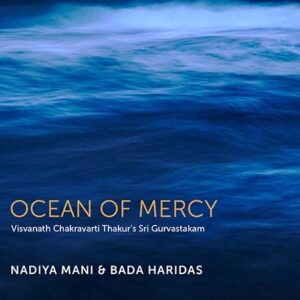 Quick ViewAdd to cart
Quick ViewAdd to cart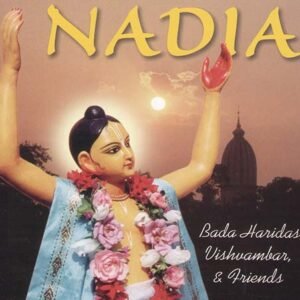 Quick ViewAdd to cart
Quick ViewAdd to cart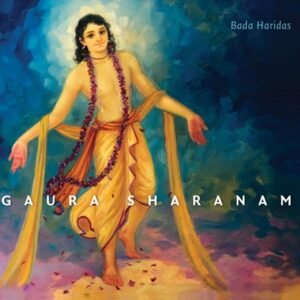 Quick ViewAdd to cart
Quick ViewAdd to cart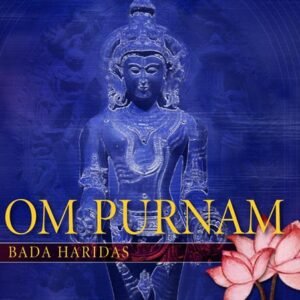 Quick ViewAdd to cart
Quick ViewAdd to cart Quick ViewAdd to cart
Quick ViewAdd to cart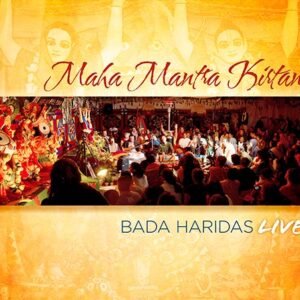 Quick ViewAdd to cart
Quick ViewAdd to cart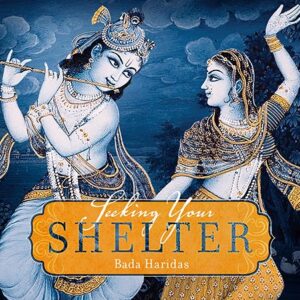 Quick ViewAdd to cart
Quick ViewAdd to cart